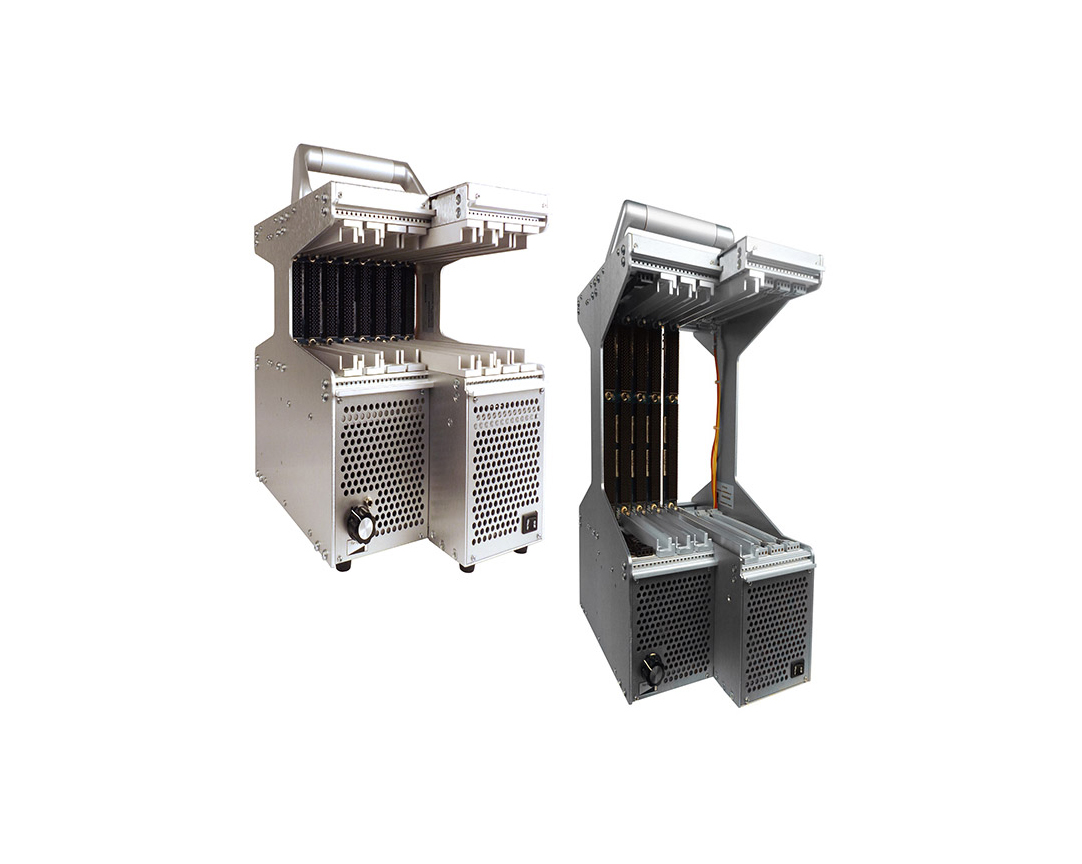According to the United Nations, the world is presently witnessing the largest wave of urban development. For the very first time in the history of the world, more than half the world’s population is residing in urban dwellings. The swelling number of urban-living population is expected to rise to nearly 5 bn by 2030. The trend of urbanization will lead to the construction of taller commercial and domestic dwellings so as to make the most of sparse spaces in densely populated cities.
The world’s geriatric demographic and middle class population is also rapidly rising. Construction companies are becoming more environmentally responsible and consumer centric. Rising concerns regarding emissions and the major role of the construction industry in producing large volumes of environmentally harmful chemicals and gases throughout the lifecycle of a building are pushing the need for sustainable operations and products.
Free PDF For Full Details with Technological breakthroughs is @ bit.ly/2bnR1r7
These trends are collectively driving the increased demand for a variety of smart elevators and escalators across the globe. TMR findings suggest that the market will expand at a favorable 6.3% CAGR from 2015 to 2023. At this rate, the market, which valued US$96.63 bn in 2014, will rise to US$162.56 bn by 2023.
Companies Align Growth Strategies towards Asia Pacific
It is estimated that nearly 7 out of every 10 elevators are installed in Asia Pacific. To remain competitive and exploit the vast growth opportunities in this regional market, major vendors in the smart elevators and escalators market are expanding their reach in major Asia Pacific countries such as India and China, by increasing the number of sales offices and branches.
Schindler Holding Ltd., one of the largest smart elevators and escalators companies in the world, increased the number of sales offices and branches in China to over 200. In their pursuit of growth strategy aimed at expanding presence in this region, many major vendors in the market are making large investments in towards expansion in the region, in the R&D and production capabilities, and in the development of new, innovative, and cost- and energy-efficient products.
Despite the slow economic growth in the past few years, China will remain the largest smart elevator and escalators market globally over the next few years, with growth majorly driven by the country’s rapidly progressing and populating tier 1 cities and increase in other infrastructure-related projects. Growth in India will also be promising for the elevators and escalators market owing to rapid urbanization and several infrastructure development projects.
Flourishing Tourism and Hospitality Sector to Present Major Growth Avenues
The market for smart elevators and escalators is presently dominated by the residential and transportation sectors and is projected to witness very few changes in the overall contribution of crucial application segments in market’s revenues. The hotels segment will benefit from the rising numbers of budget and luxury hotels across the globe. Hotels contributed to a modest 11.2% revenue share in the global smart elevators and escalators market in 2014 and is expected to exhibit a 6.9% CAGR from 2015 to 2023. Rising numbers of supermarkets, hypermarkets, and rise in warehousing operations in the retail industry will also benefit the global smart elevators and escalators market gain sustainable growth over the said period.
Market Insight of smart elevators and escalators can be Viewed @ bit.ly/2bkSPN1
Despite the presence of a large number of companies, the global smart elevators and escalators market is majorly consolidated, with the top four companies accounting for a share of over 61% in the global market in 2015. Other than the top our contenders in the market, Otis Elevator Company, Schindler Holding Ltd., Kone Corporation, and ThyssenKrupp AG, some of the most prominent vendors are Cisco Systems, Inc., Toshiba Corporation, Fujitec Co., Ltd., Mitsubishi Electric Corporation, Hitachi Ltd., and Kleemann Hellas SA.






